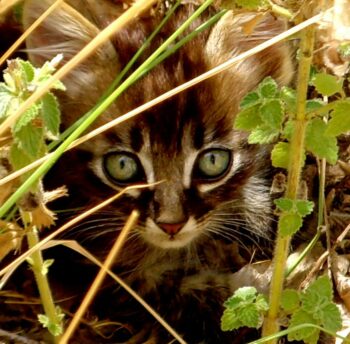Have you ever had a tabby cat? Do you know the tabby cat history? Read on to learn some facts about tabby cats that you may not have known. For example, did you know that the majority of cats have some relationship with the tabby?
Meaning Of “Tabby”
First of all, a tabby is not a breed, but instead, the name refers to the cat’s coat pattern. You can find five distinct tabby coat patterns, discussed below. Another tabby characteristic: Look for the letter M on the cat’s forehead between the ears and above the eyes.
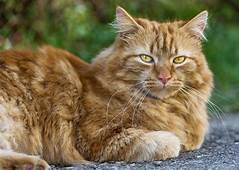
Theories about the “M” on the cat’s forehead have three interpretations, depending on where you live.
- It could stand for Mau, the Egyptian word for “cat.”
- From the Virgin Mary: A cat comforted the baby Jesus, and when the Virgin Mary petted the cat’s head, an “M” formed on the forehead, and it has remained there ever since.
- It could stand for Mohammed, who loved cats.
Where Did The Name “Tabby” Come From?
One theory is that the name came from a term in middle French: “atabis.” The reason for the name stems from the fact that tabbies were often compared to silk.
This silk came from the Attabiz region of Baghdad. In the 14th century, this silk went by the name, “atabis.” Soon this name became “tabis,” which translated into the English word, “tabby.”
What Are The Tabby Coat Patterns?
Learn about the five main tabby coat patterns. Since the tabby has African roots, it can explain the coat patterns. All 37 recognized species of felines evolved from a common ancestor, probably living around 10 – 12 million years ago. This ancestor was the African wildcat, Felis sylvestris lybica. Ancient cats had similar markings to today’s tabbies, and these have evolved into our modern tabby. Here are the five:
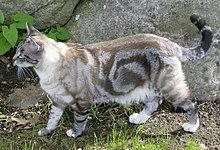
1) Classic Tabby
Have you seen a cat with a swirly, target-like pattern on his side? This cat provides an example of a classic tabby look.
Because the whorls of this tabby look like blotches, people sometimes call this cat a “blotched tabby.”
2) Mackerel Tabby
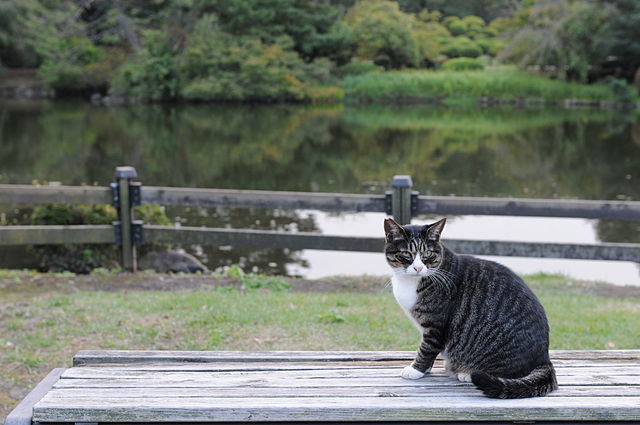
The pattern gets the name of “mackerel” because it resembles fish bones. You will see a long stripe on the back from shoulder to tail, and a series of vertical stripes. You will find this pattern very common, and can find it in most breeds which have the tabby pattern.
The mackerel pattern comes in as something of a raccoon-like design on the cat’s fur. The mackerel tabby has rings around the tail and solid or broken stripes on the body.
3) Spotted Tabby

As you might guess, the spotted tabby has spots of varying sizes. Their spots might appear bright, giving the cat somewhat the appearance of a leopard. The spots may blend in to the coat so well as to be practically invisible.
The spots can appear in bands, just as stripes might do. These spots vary in size, and can remind you of the broken stripes of the mackerel tabby.
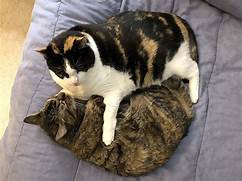
4) Patched Tabby
This cat has patches of different colors on the fur. The patches might look like brown, grayish-brown, or reddish-brown. These cats often go by the name of tortoiseshell, as a mix of brown and orange can look like the shell of a tortoise.
5) Ticked Tabby
Though you won’t see bands or stripes or spots on this cat, you can examine the individual hairs of the cat’s fur. These will each show bands of light or dark color. You may see faint bands on the cat’s legs.
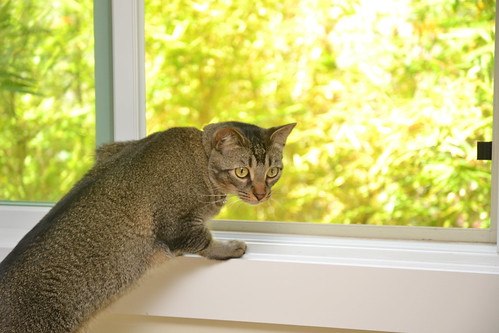
Because of the coloration, this cat often goes by the name of the Abyssinian tabby.
Personality Of The Tabby Cat
Because this cat exists across a variety of breeds, the personality traits become somewhat dependent on the characteristics of that breed.
The Tabby Cat Might Prefer Group Living
Though many of the cats discussed on this website (especially the small wildcats) prefer to live a solitary existence, tabby cats do tend more toward a social life.
If they live in the wild, tabbies tend to form colonies, which will help improve survival chances. In fact, in such situations, the cat will often share food and shelter with others. If a baby-sitting service is needed, the tabby will help with kitten-raising.
You will find that your tabby enjoys the company of humans, and likes to spend time close to his two-legged companion. When you come home from work, your tabby will often run to meet you and say hello. The cat will enjoy the company of children and usually adapts well to other pets.
A Cuddly Cat
This intelligent cat will usually prove easy to have around, and will appreciate lots of cuddles and attention. Watch out, though — your cat may succeed quite well at manipulating you to give them what they want.
In fact, this cat can get an angry “kink in their tail” if they don’t get what they want. (No, the tail’s not really kinked, but the mood becomes one of displeasure.) Watch out for an accomplished manipulator.
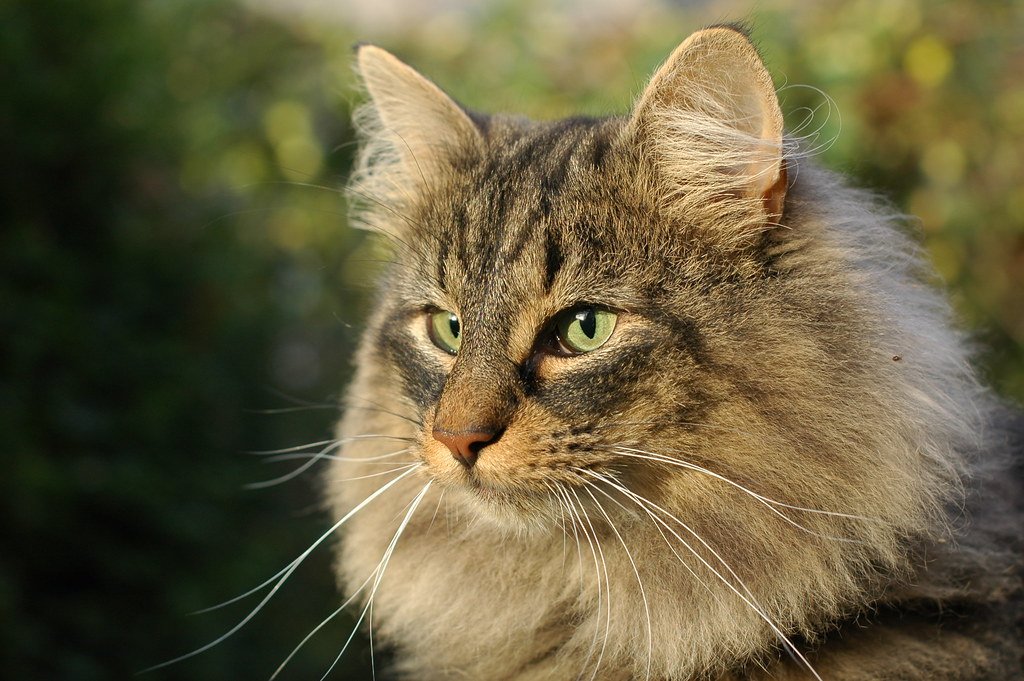
These cats make good pets for young owners, because of their social traits. Loving and friendly, they can start a bond with a child that can benefit that person for the rest of his life. The child learns how to give and receive love from his kitty friend, a very good experience for both cat and child.
Enjoy this video about tabby cats to see them in action
References I used for this post: excitedcats.com/tabby-cat-facts/ catastic.pet/cat-breeds/11-fun-facts-about-tabby-cat/ aspcapetinsurance.com/resources/tabby-cat-facts/ cuteness.com/article/tabby-cats

